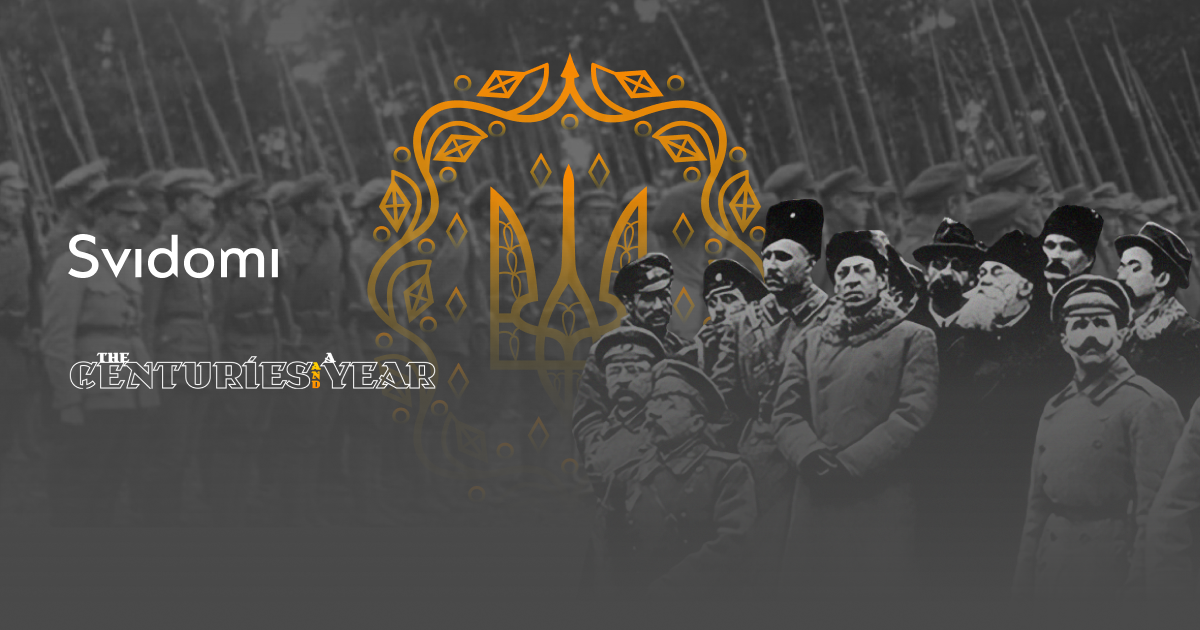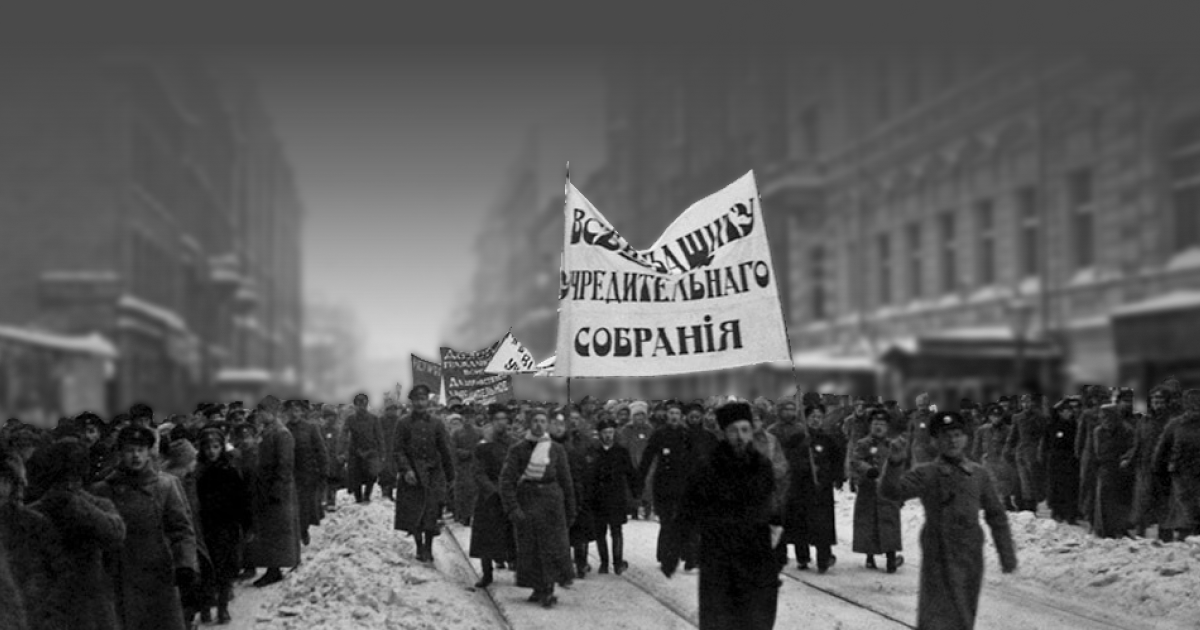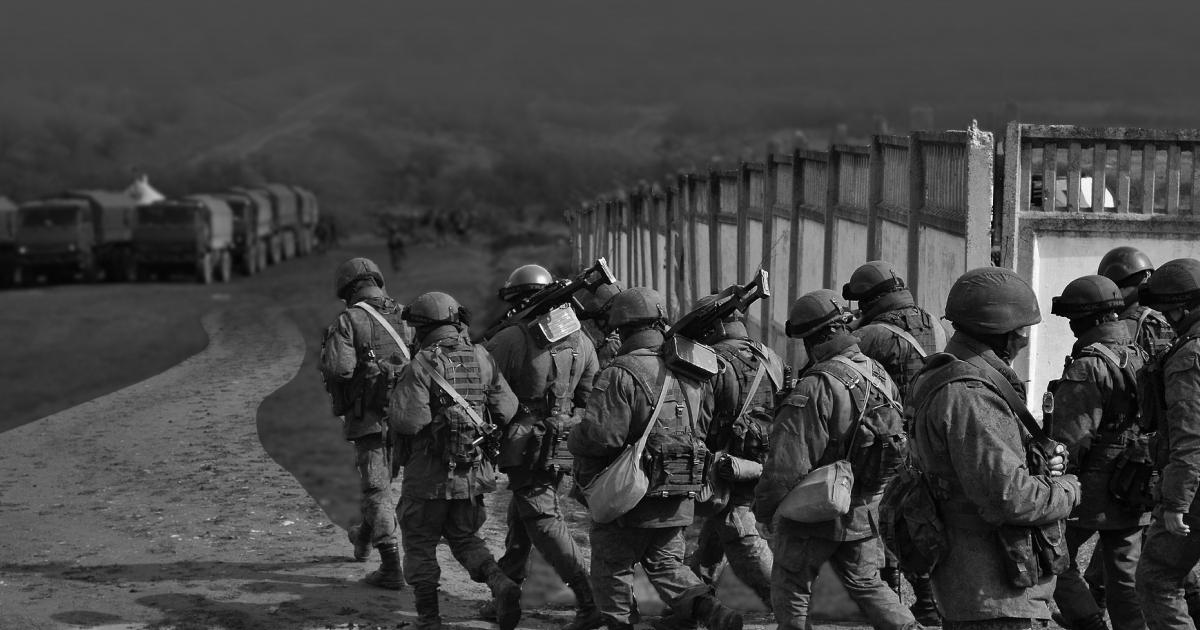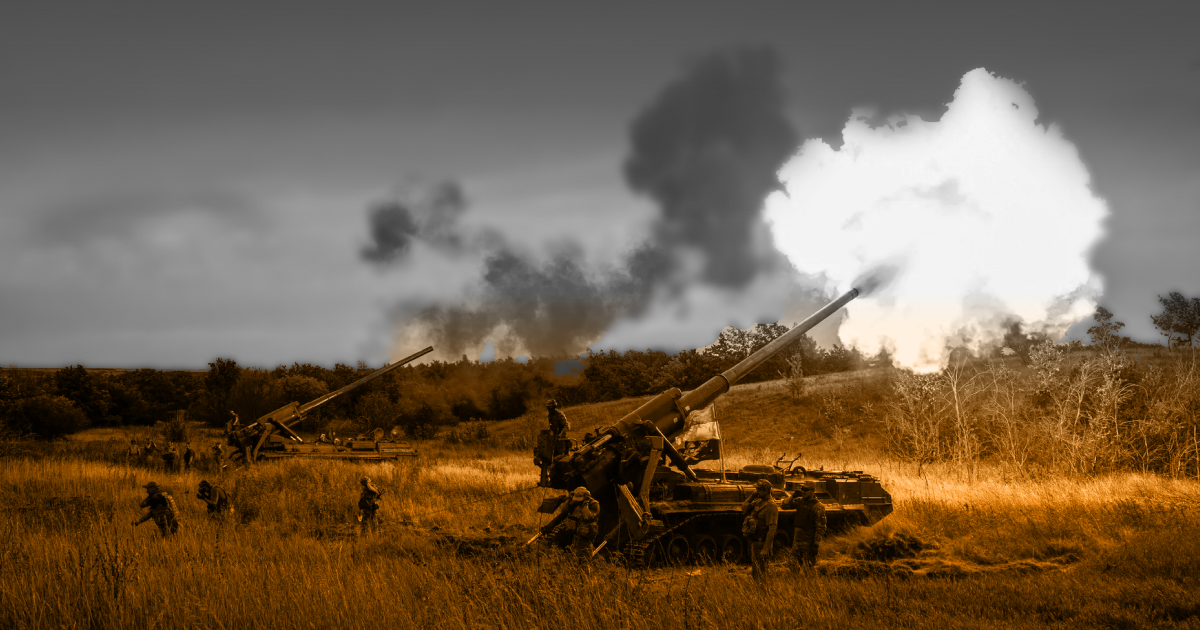The Ukrainian People's Republic Today: Similarities and Differences

The period of the national liberation struggle of 1917-1921 is one of the most popular in Ukrainian history. A somewhat accidental symbolism also contributed to its popularity: the centenary of these events came at a time when Ukrainian society was actively reforming its identity. As a result, history became a part of mass culture: a TV series about this era appeared, and memes and tiktoks about the events of a century ago were spreading on Ukrainian social media.
Contemporary attitudes toward the revolutionary period are twofold. On the one hand, the participants of the first liberation struggle are idealised. At the same time, these same images function as negative ones in the public imagination. After all, one may criticise every Ukrainian leader of that era. The head of the Ukrainian Central Rada, Mykhailo Hrushevskyi, for his moderation; the head of the UPR Directorate, Volodymyr Vynnychenko, for blind socialism; Hetman Pavlo Skoropadskyi, for his sympathies with the Russian monarchists, and the chief ataman of the UPR army, Symon Petliura, for his agreement with Poland.
This criticism is an anachronism. That is, it does not take into account the historical context. It bases on a modern understanding of "good" and "bad." However, this perception arises from our recent experience, which was not available to people 100 years ago. Nevertheless, Ukraine's strategic position in the last decade has a lot in common with the national liberation struggle of that time. When we criticised decisions from the past, we ignored this. Perhaps the most obvious are the situations in which Kyiv found itself between 1917-1918 and the spring of 2014. In both cases, there was a rather unexpected threat to national security.
The winter of 1917-1918
During the revolutionary events of 1917, the Bolsheviks were by far the most influential political group. Even after the Bolshevik coup in November of that year, their party came in second in the elections to the All-Russian Constituent Assembly. In the Kyiv district, the Bolsheviks received only 4% vote.
The Bolsheviks managed to seize power in St. Petersburg not because of their strength but because of the weakness of the Russian Provisional Government. During 1917, the Ukrainian Central Rada (UCR) simply could not prepare for a Bolshevik coup and invasion; such scenarios would have sounded fantastic.

Instead, during that year, the UCR tried to bargain with the Provisional Government for its broadest possible autonomy, avoiding open confrontation. However, in November, the Provisional Government ceased to exist, and the balance of power changed. In December, it became clear that the need for an army for self-defence was becoming more acute. Therefore, the Central Rada began to support the volunteer units of the Free Cossacks, which were to perform the functions of territorial defence.
On December 25, the Bolshevik army launched an offensive against the UPR. It became apparent that the newly proclaimed republic had no means to defend itself. On January 3, the Parliament passed a law on voluntary military units. There was no hope for the Ukrainianized units of the imperial army, as they were demoralised after three years of the World War. The Minister of Defence of the Ukrainian People's Republic, Mykola Porsh, claimed that these units had only 62% of their property because it was stolen. Most of the Imperial Army's soldiers wanted to return home rather than defend the UPR.
On January 5, units of the Free Cossacks raided Kyiv, found illegal weapons at businesses, and arrested their owners. On January 15, another series of arrests took place. However, it was too late because, on January 16, the Kyiv Bolsheviks began an uprising. On January 22, volunteer soldiers of the Haidamaky Kish, led by Symon Petliura, managed to suppress it. However, the Red Guard reached the city limits the next day and occupied it within three days.
Spring and summer 2014
The strategic situation at the beginning of 2014 seems similar. In November 2013, after the start of the Revolution of Dignity, about 70% of Ukrainians wanted friendly relations with Russia. They did not see Russia as an enemy. Therefore, the occupation of Crimea came as a surprise to many.

But the Russian army was not only on the peninsula. The Russian military concentrated its forces and resources near the Chernihiv, Kharkiv, and Donetsk regions. As of February 28, 2014, there were already about 40,000 Russians there, while only 5,000 Ukrainian troops were ready for combat. The conclusion of the then Minister of Defence of Ukraine, Ihor Teniukh: "Today we have no army. It was consistently destroyed by Yanukovych and his entourage under the guidance of Russian special services." And also: "When [the Russians] approach from the Chernihiv region in the morning, they will be in Kyiv by the evening."
The Kremlin knew this and planned to achieve its goals at the lowest possible cost. That is why the fighting in the Donetsk and Luhansk regions began using illegal armed groups controlled by Moscow. Later, Russian troops started shelling the border. Volunteer battalions formed to counter Russian aggression. In July and August, they, together with the Armed Forces' line brigades, managed to liberate a large part of the Donetsk and Luhansk regions. Then the Kremlin used regular troops, forcing Ukrainian forces to retreat.
A unique opportunity
At the same time, the difference between these situations is that in 2014-2015, Ukraine managed to preserve its statehood and used the next eight years to build the army that is now defending the country and the civil society that supports it.
That is why, for the first time in 300 years, the Ukrainian political movement is in an advantageous position. It is vital to maintain these gains, achieved despite hefty losses.



